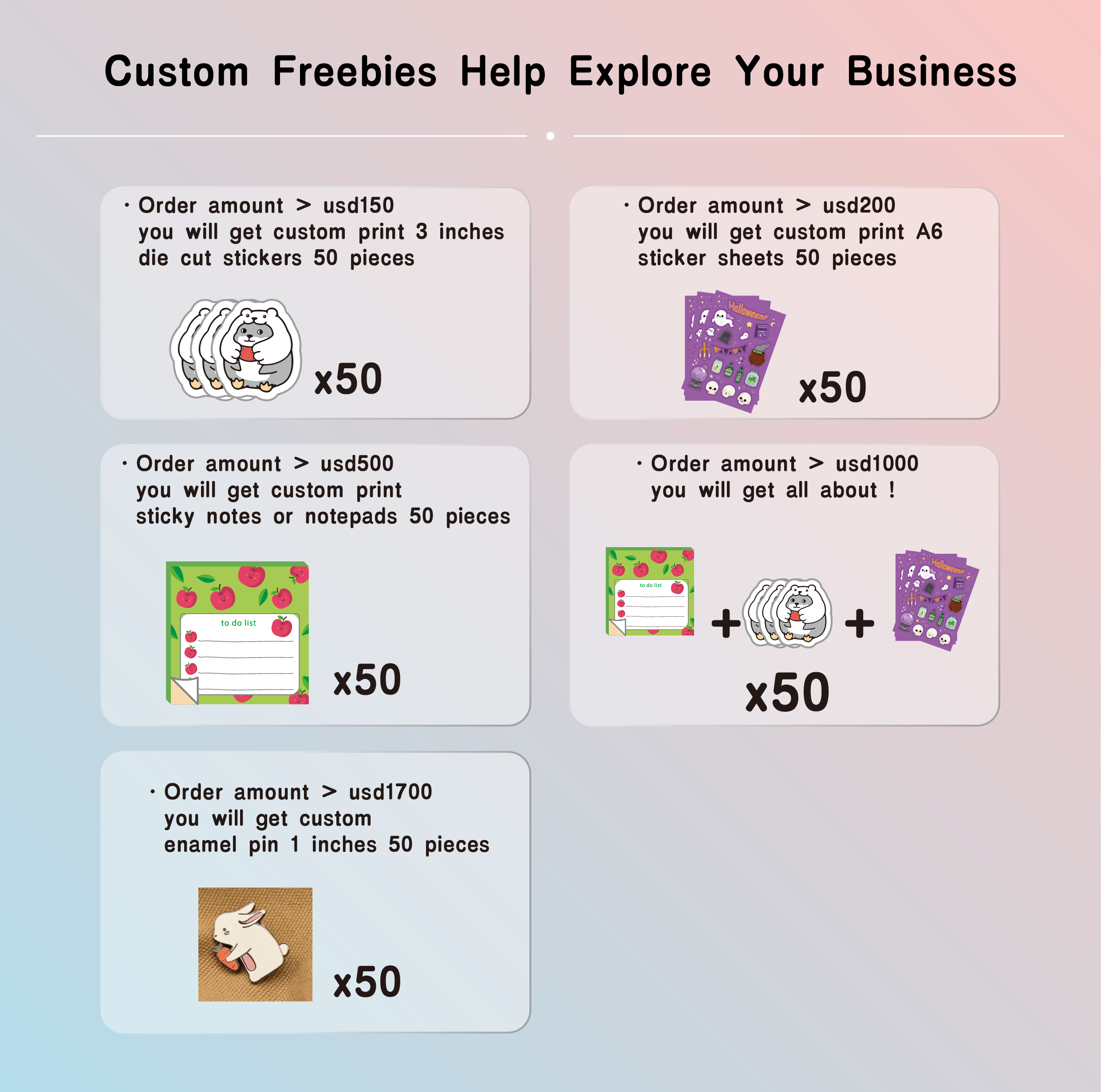How to Make a Reusable Sticker Book: A Comprehensive Guide for Creators and Manufacturers
Reusable sticker books have become a popular tool for artists, educators, and planners. This guide provides creators and manufacturers with a detailed look at making a reusable sticker book that stands out in the market.
The Art of Cover Design: More Than Just Looks
The cover of a sticker book is more than just looks; it’s marketing. It communicates the brand’s message and captures the essence of the stickers inside. When designing the cover, consider not only the visuals but also the tactile experience. Materials like leatherette, durable plastics, and laminated cardstock each speak to different audiences and uses. Explore textures, embossing, and even interactive elements like pockets or fold-outs to add functionality and surprise.
Exploring Materials: Function Meets Style
For the covers
Leatherette: Upscale, durable, with a classic feel.
Durable Plastics: Waterproof and tear-resistant.
Laminated Cardstock: Cost-effective with customizable prints.
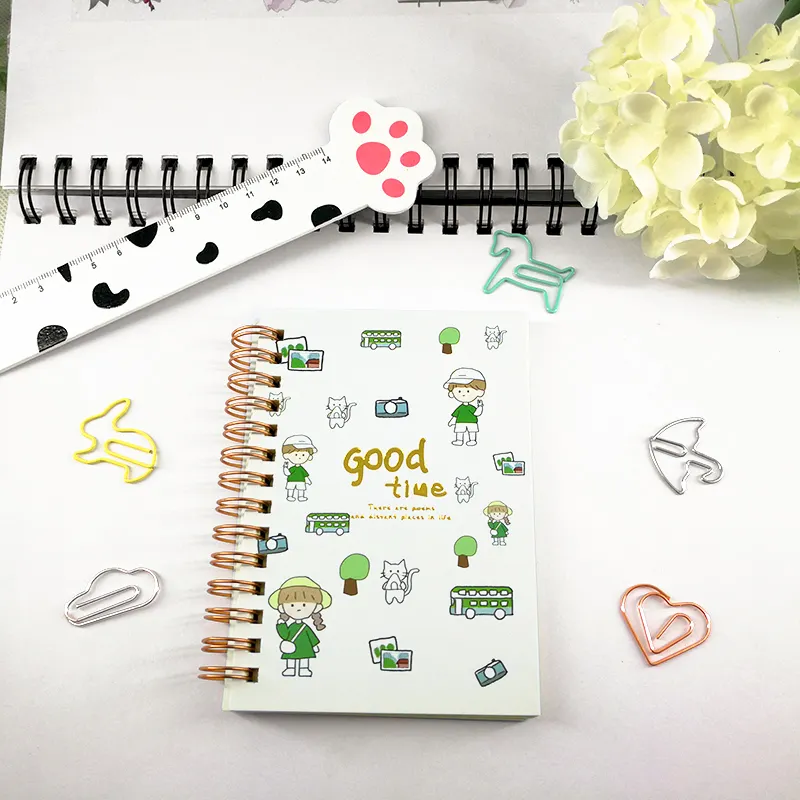
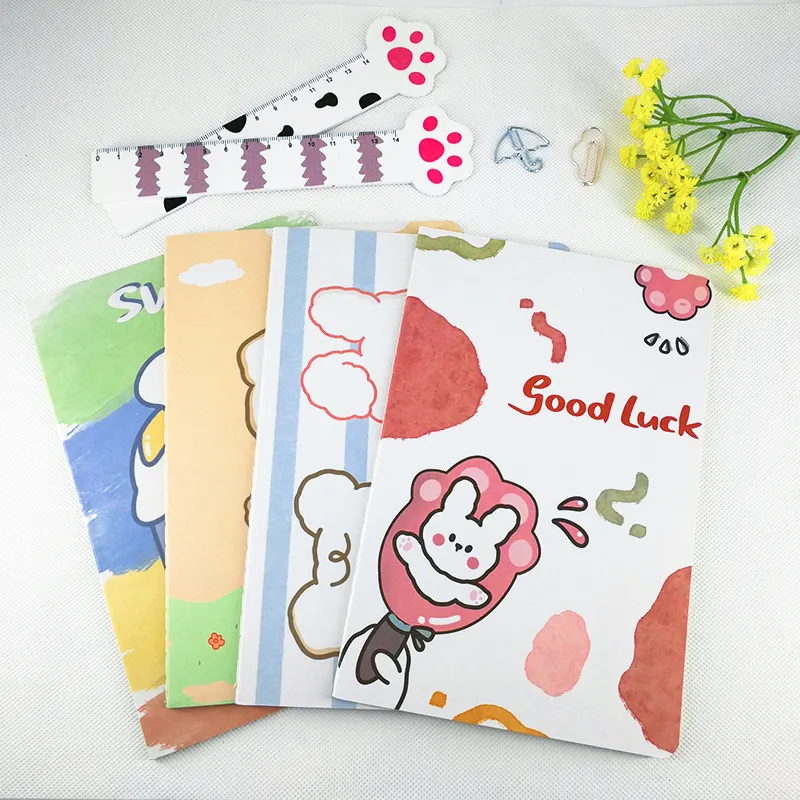
Crafting the Perfect Pages: Selecting the Right Materials
The pages of a reusable sticker book need to balance flexibility with durability. Wax paper, silicone-coated paper, and vinyl are popular choices, each with their advantages. Wax paper is economical and has a reliable non-stick surface. Silicone-coated paper offers a premium reusability factor, and vinyl presents unmatched durability and can be wiped clean.
Understanding Non-Stick Surfaces:
Wax Paper: Budget-friendly and easily available.
Silicone-Coated Paper: Long-lasting and maintains stickiness of stickers.
Vinyl: Cleansable and durable for rigorous use.
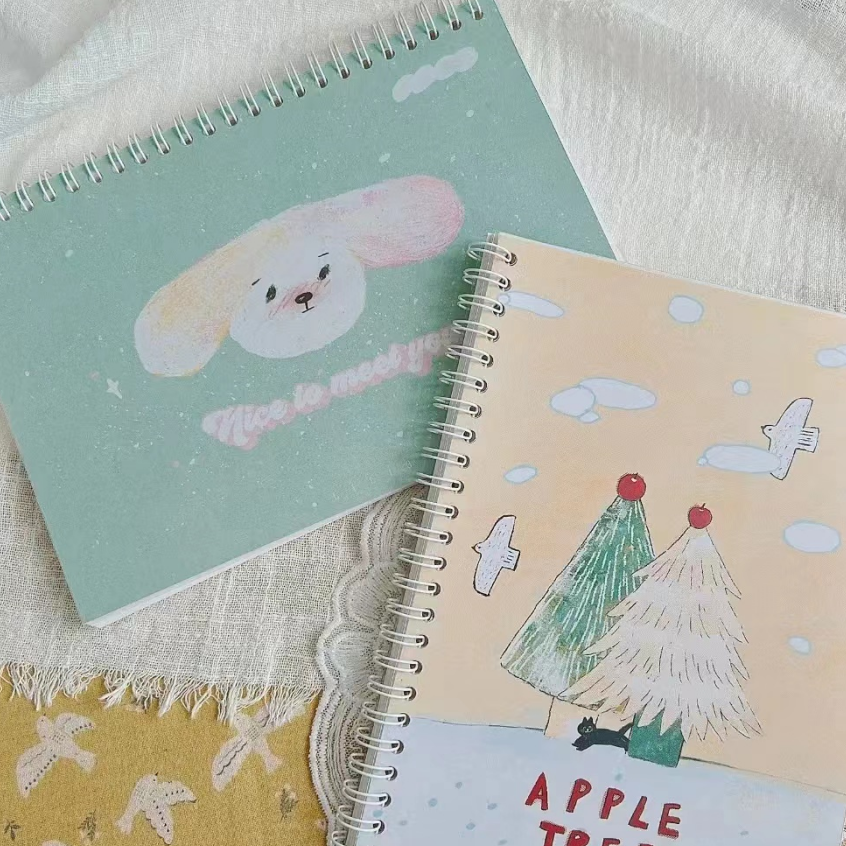
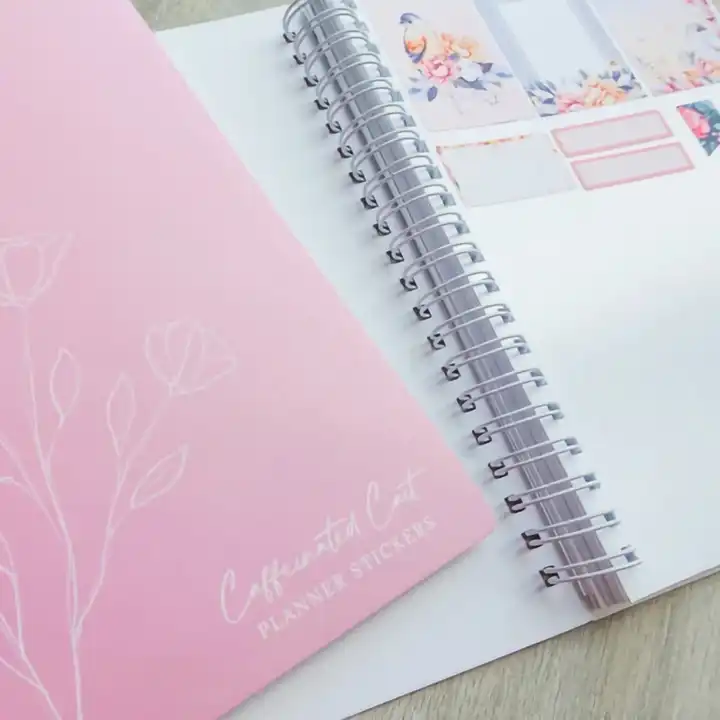
The Binding Decision: Durability and User Experience
Binding a sticker book can drastically affect its usability. Ring binding offers flexibility in page turning and allows for the addition of pages, whereas perfect binding creates a permanent and professional book appearance. Spiral binding strikes a balance between the two, providing a flat-lay design that is user-friendly.
Comparative Analysis of Binding Methods:
Ring Binding: Flexible and expandable.
Perfect Binding: Sleek and permanent.
Spiral Binding: Flat-lay and easy to handle.
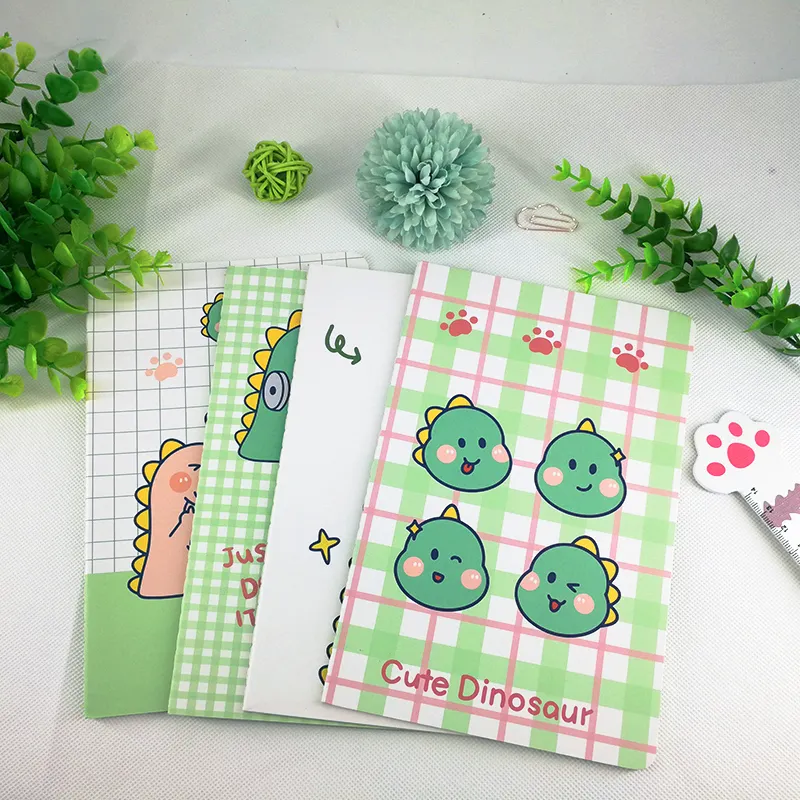
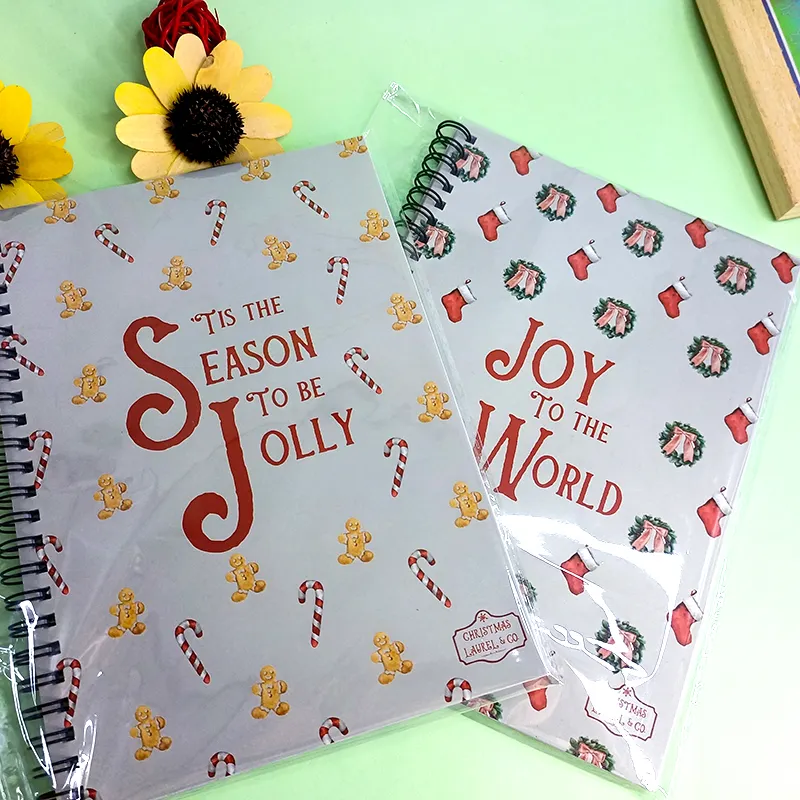
Curating Sticker Content: Quality Over Quantity
The allure of a sticker book lies in its content. Curate a collection that tells a story or serves a purpose. Include a mix of functional stickers for planning and decorative ones for creativity. Collaborate with artists to create exclusive designs, or incorporate licensed characters for appeal to specific fandoms.
Designing Stickers: A Delicate Balance:
Functional Stickers: For planning and organizing.
Decorative Stickers: For creative expression and decoration.
Exclusive Designs: To offer unique value and attract niche markets.
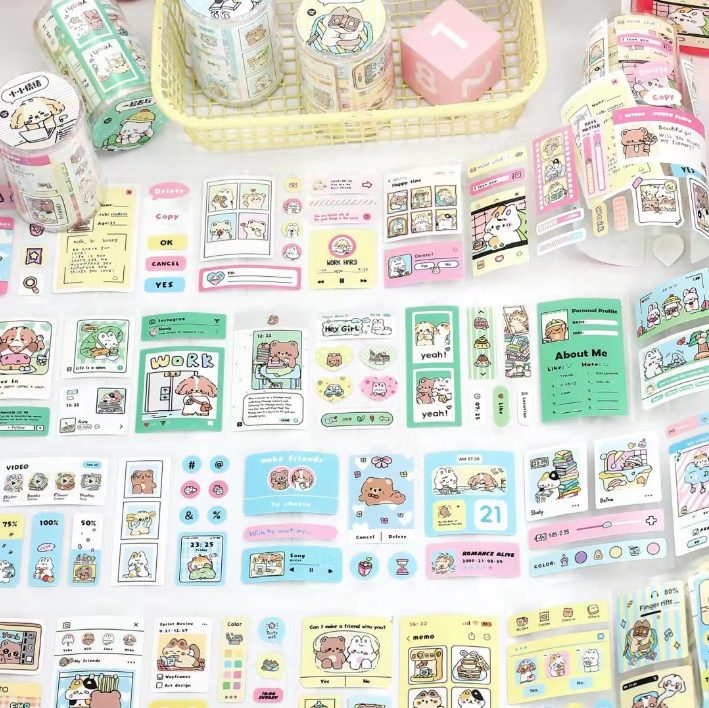
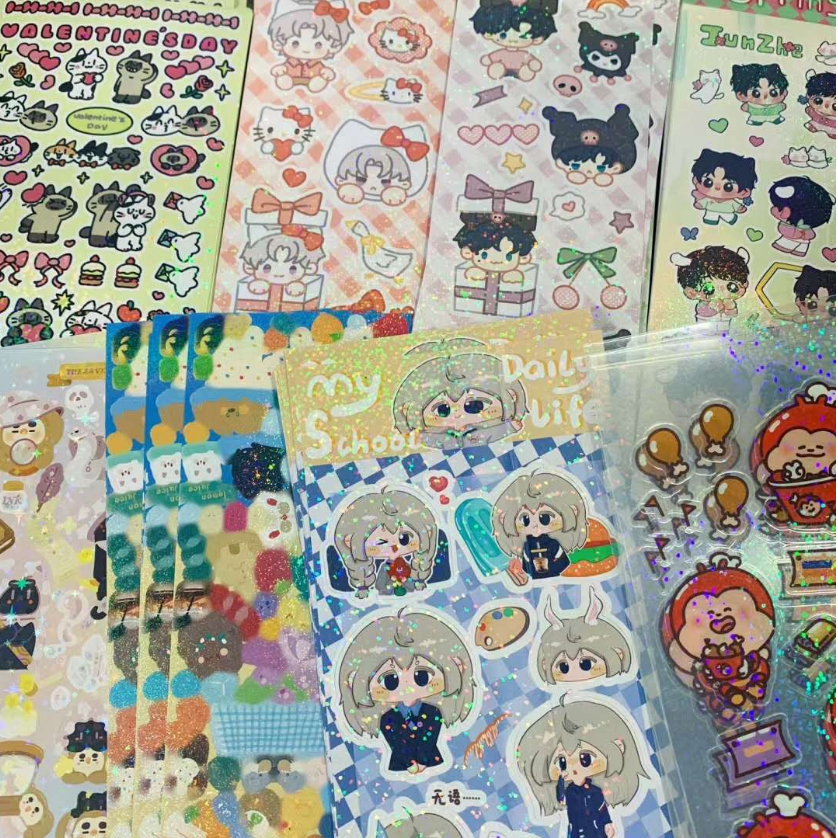
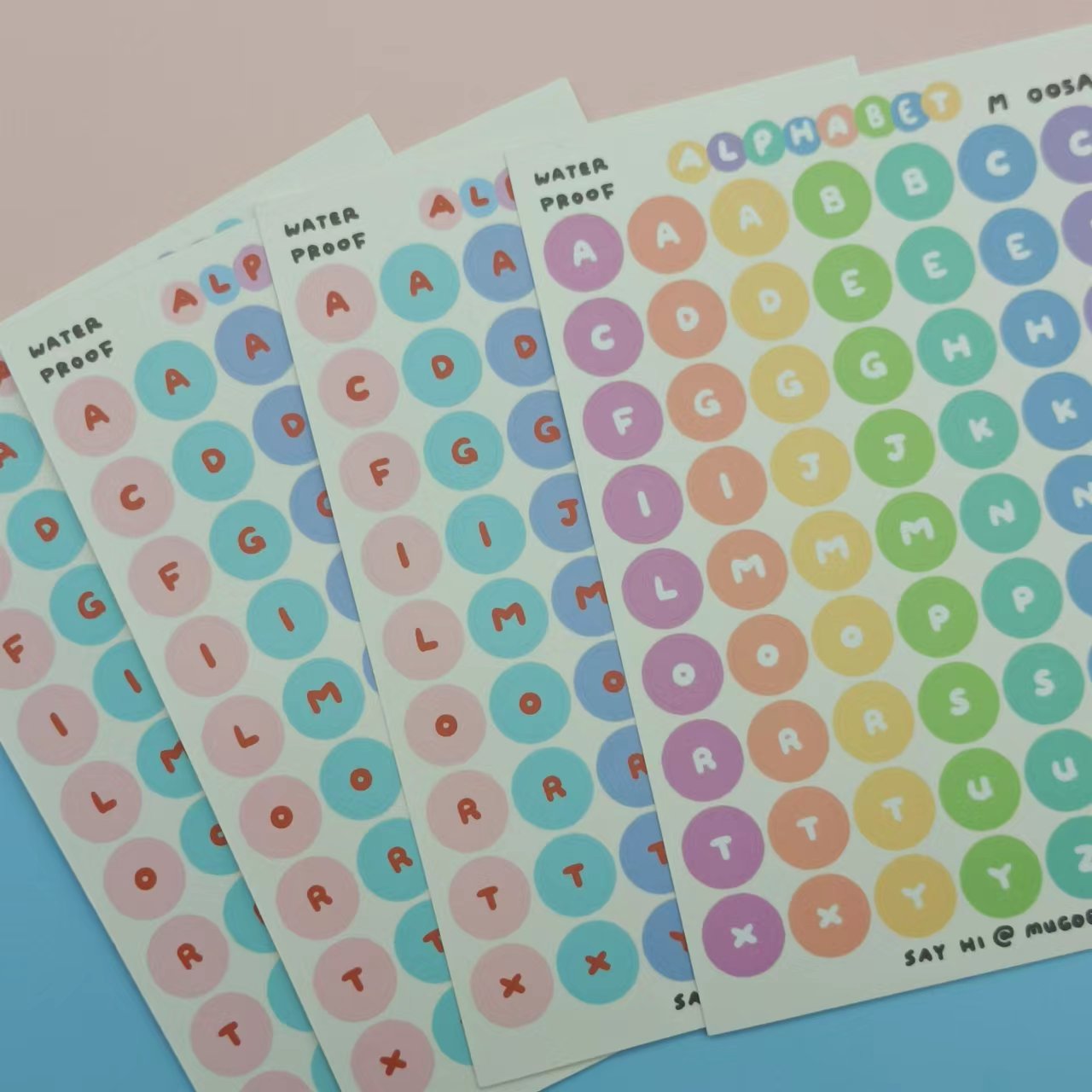
Personalization: The Unique Selling Proposition
Personalization can be a game-changer. Offer monogramming services, or allow buyers to select their sticker pages to match their interests. Consider DIY sticker-making kits that include blank stickers and markers or stamps for a truly personalized experience.
Adding Personal Touches:
Monogramming: Adding a personal touch with names or initials.
Custom Selections: Allowing buyers to choose their sticker themes.
DIY Kits: Encouraging creativity with make-your-own-sticker options.
Sustainability: The Green Revolution in Sticker Books
In an era where sustainability is not just appreciated but expected, incorporate eco-friendly materials and processes. Use recycled paper for pages and biodegradable plastics for covers. Implement manufacturing processes that reduce waste and emphasize the recyclability of the product.
Embracing Eco-Friendly Practices:
Recycled Materials: For pages and covers.
Biodegradable Plastics: For eco-conscious consumers.
Sustainable Manufacturing: Processes that minimize environmental impact.
Trends and Demographics: Understanding the Market
Conduct market research to understand trends and customer preferences. Create sticker books for niche markets like bullet journal enthusiasts or educational sticker books for kids that double as learning tools. Understanding demographics is key to tailoring products that meet specific needs and desires.
Research-Driven Development:
Market Trends: Stay ahead of design and usability trends.
Customer Preferences: Cater to what the consumers are seeking.
Niche Markets: Focus on specialized segments for targeted appeal.
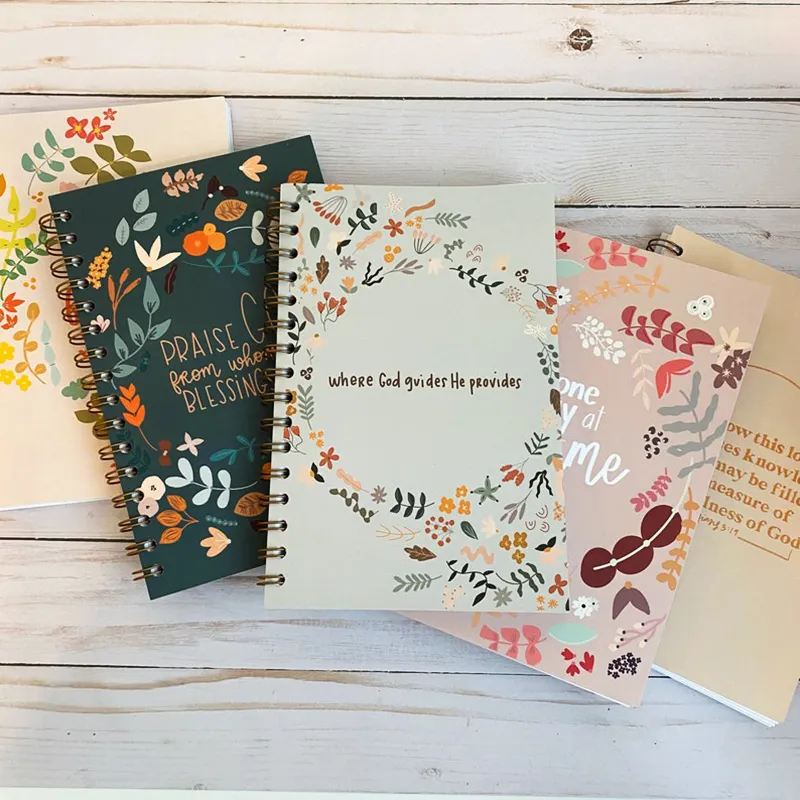

Quality Control and Presentation: The Final Touches
Ensure each sticker book passes rigorous quality control checks. Consider the presentation of the final product, from the protective packaging to the unboxing experience. How the product is received can significantly affect customer satisfaction and brand reputation.
Ensuring Excellence:
Quality Control: Rigorous checks for consistency and durability.
Packaging: Protective and aesthetically pleasing.
Unboxing Experience: Creating a memorable first impression.

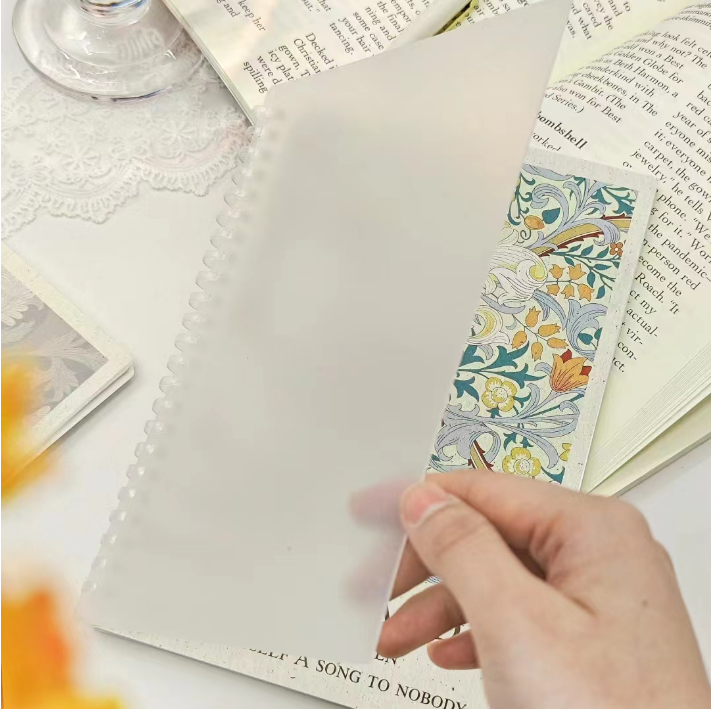
Marketing Your Sticker Book: Strategies for Success
A good product deserves a great marketing strategy. Utilize social media platforms to showcase the sticker books, collaborate with influencers, and create engaging content that highlights the unique features of your product. Offer promotions, engage with the community, and gather feedback to continuously improve.
Effective Marketing Tactics:
Social Media Presence: Build a brand narrative online.
Influencer Collaborations: Leverage popularity for product exposure.
Community Engagement: Interact and listen to customer feedback for growth.
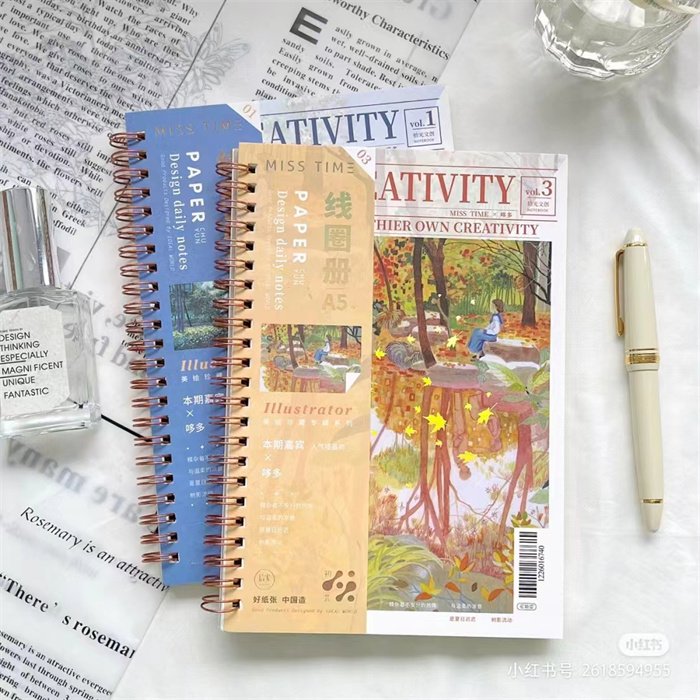
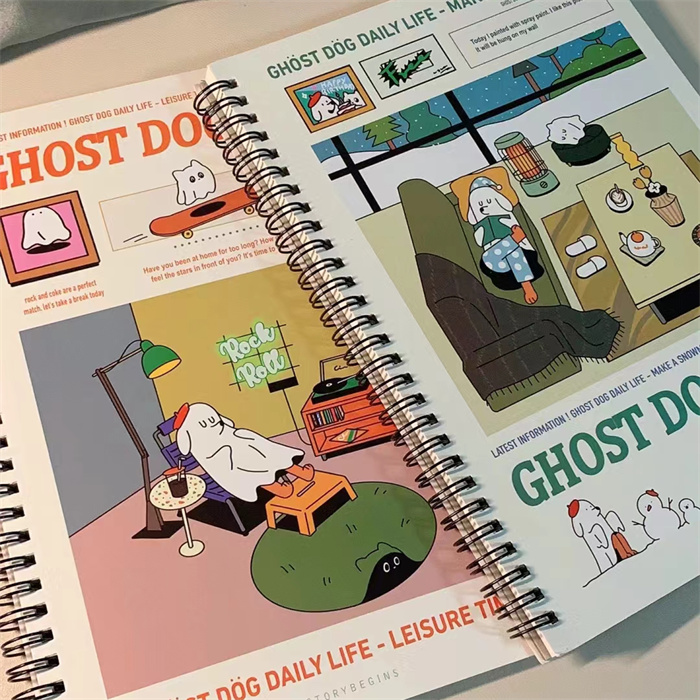
Resources and Further Learning
For readers who wish to delve deeper into the world of sticker book creation, provide a list of resources. Include books, online courses, and communities dedicated to crafting and manufacturing practices.
Expanding Knowledge:
Instructional Books: Guides on crafting and design.
Online Courses: For in-depth learning of materials and processes.
Crafting Communities: Forums and groups for ideas and support.
In closing, creating a reusable sticker book requires a blend of art, engineering, and marketing savvy. By following this guide, creators and manufacturers can produce a product that is not only functional and attractive but also environmentally responsible and aligned with consumer trends.


